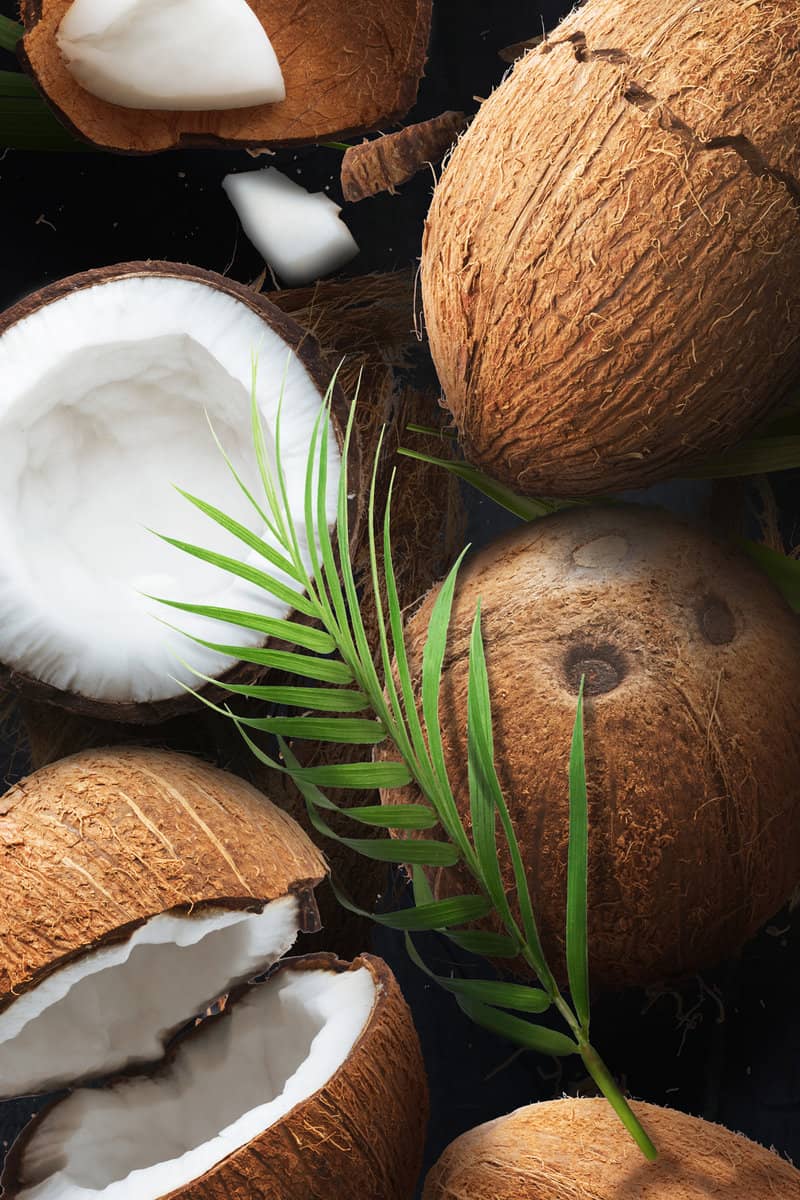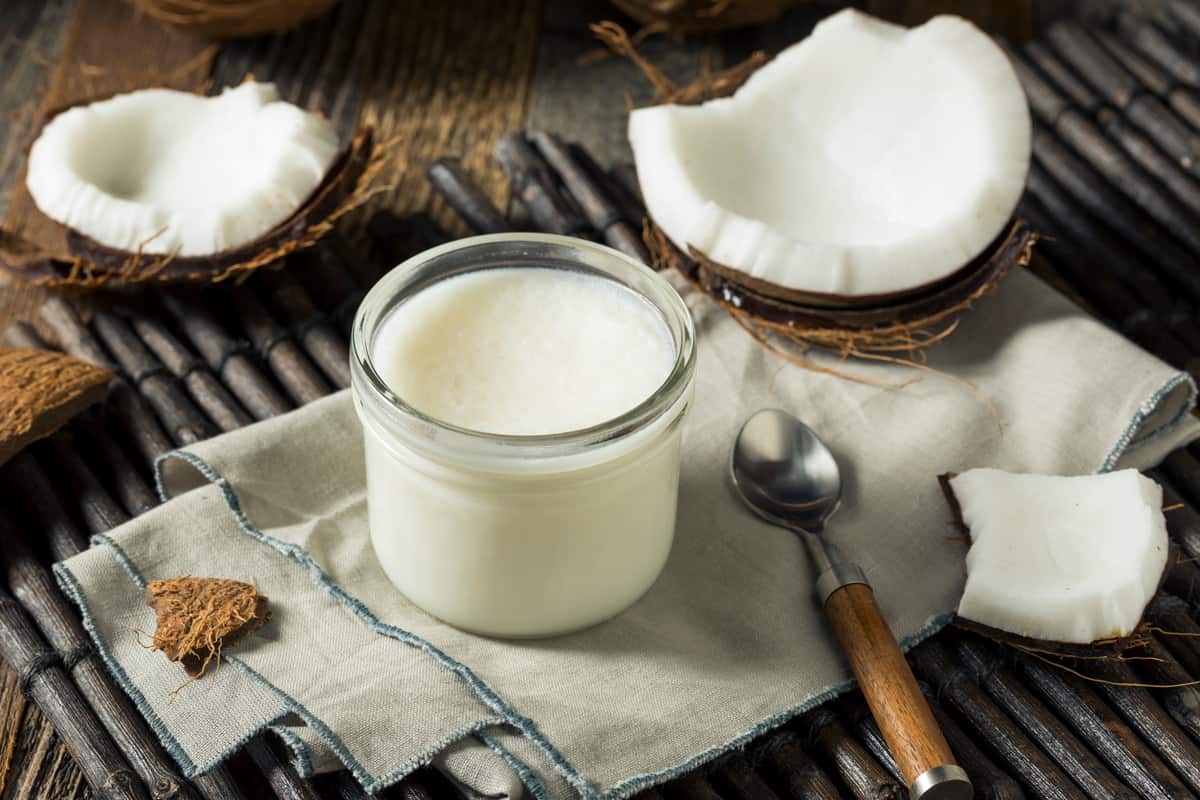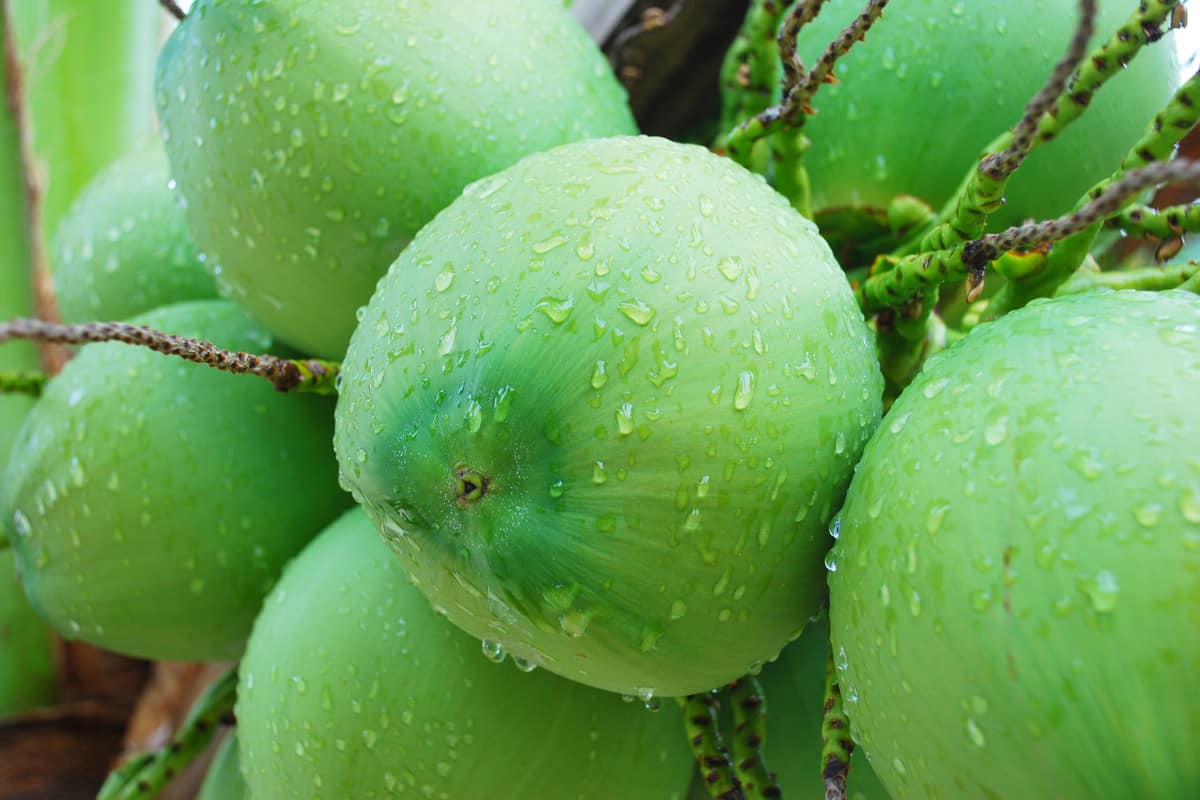Coconut is a versatile and useful fruit that comes from the coconut palm tree. You can eat this fruit raw or enjoy byproducts like coconut water and coconut oil. People know California for its palm trees. But can coconut palms grow in California? We have an answer for you!
While you can technically grow coconuts anywhere, the southwestern region of California is the only place where coconuts grow naturally. Coconuts thrive in warm climates with plenty of rainfall, and southwestern California is the only region that fulfills these requirements.
If you're interested in growing a coconut tree, you might want to learn a bit more about the fruit. For example, can coconuts trees grow in other US states? How do you plant and care for them? Keep reading if you're curious as we answer these questions and more!

Do Coconuts Grow in Any Other US States?
While coconut palms can grow in southwestern California, the state really isn't suitable for the natural growth of coconuts. However, there are 2 US states where coconuts thrive: Florida and Hawaii.
As mentioned, coconuts prosper in warm, tropical or subtropical climates that provide plenty of precipitation and humidity. The southern part of Florida, which is a tropical region, gives coconut palms the warmth and moisture they need to thrive.
Though coconut palms can only thrive in the tropical region of Florida, they grow throughout Hawaii. This is because the entire state has a tropical climate.
In the summer, Hawaii has an average temperature of 85 degrees Fahrenheit; in the winter, the state's average temperature is 78 degrees Fahrenheit--a mere 7 degrees less than the summer average! What's more, the island provides the plentiful rainfall that coconut palms need.
What's the Difference Between a Coconut Tree and Regular Palm Trees?

At first glance, a coconut tree and regular palm tree appear the same. However, an obvious difference between a coconut palm tree and regular palm trees is that coconut palm trees produce coconuts; every other palm tree produces palm oil.
Another difference that not everyone may know is that coconut palm trees have wider leaves, while other palm trees have fan-shaped leaves.
How Do You Plant and Care for a Coconut Palm Tree?
Planting a Coconut Palm Tree
You can grow an indoor coconut palm in any location if you can meet certain conditions. If you choose to grow a coconut palm in a container, remember to find a sunny, warm place for it, water it consistently, and choose a well-draining soil.
Also, consider the benefits of coconut to determine if you want to add it to your diet.
Though coconuts can only grow naturally in specific places, you can plant them in and grow them anywhere. If you're interested in growing a coconut in a container, first buy a fresh coconut.
A fresh coconut is one that still has its husk. Next, you'll need to soak the fresh coconut in water for about 2 days.
After letting the coconut sit in the water, plant it in a 12 inch container. You should fill the container with sandy, well-draining soil; soil that is not well-draining can cause root rot. Ensure that you plant the point of the coconut into the soil.
Caring for a Coconut Palm Tree
After planting the coconut, place it in a spot that receives plenty of sunlight. Coconut palms need at least 6 hours of direct sunlight to thrive. In addition, because coconut palms need humidity, consider adding a humidifier to the room that the plant is in and spraying it with warm water.
Once you find a nice spot for your coconut palm, it's important to take certain steps to maintain it. One of the most important habits you should acquire is watering the plant consistently. You should ensure that the soil stays moist by watering the palm 1 to 2 times a week.
It's also a great idea for you to invest in a fertilizer for your coconut palm, as some coconut plants suffer from a lack of nutrients.
If coconut palms lack nutrients, they can suffer many damaging effects. For example, coconut palms that don't get enough nitrogen are prone to yellowing leaves, and ones that don't receive enough phosphorus grow at slower rates.
Click here to find a fertilizer on Amazon.
Lastly, make sure that your coconut palm doesn't experience exposure to cold temperatures. If your palm faces cold weather, it may it's leaves may suffer from necrosis, which is the death of tissue.
How Long Does it Take for a Coconut Palm to Produce Coconuts?

If you're looking for your coconut palm to produce fruit immediately, you're out of luck! These trees typically produce fruit within 6 to 10 years.
However, coconut palms rarely start producing their peak yields until they're around 15 to 20 years old. When the palms reach this age, they may produce an astounding 75 to 150 coconuts annually.
What is the Lifespan of a Coconut Palm Tree?
Coconut palm trees live for about 60 to 80 years. However, they can live for a longer amount of time and, if you don't properly maintain them, a shorter amount of time.
How Many Species of Coconut Palm Tree are There?
Believe it or not, there is only one species of coconut palm tree. This species is scientifically referred to as Cocos nucifera.
However, even though there is only one coconut palm species, people have cultivated different varieties of the tree, which has resulted in various coconuts. There are two main varieties of coconut palm trees: tall varieties and dwarf varieties.
How Tall are Coconut Palm Trees?
The height of a coconut palm tree depends on whether it's a tall variety or a dwarf variety. Tall varieties of coconut palms are usually around 60 to 100 feet tall. However, dwarf varieties are only about 15 to 60 feet tall.
How Do You Know When a Coconut Palm is Dying?
There are a few key signs that indicate when a coconut palm is dying. Some of these signs include yellow leaves, a rotten stem, and stunted growth. These issues are typically the result of excessive sun exposure or overwatering.
Is Coconut Good For Your Health?

Coconut offers advantages that benefit health. One of coconut's advantages is the abundance of minerals it contains, including manganese, copper, and iron.
These minerals are highly beneficial to your health because they help your body function. For example, manganese stimulates metabolism and copper and iron promote the formation of red blood cells.
Another major advantage of coconut is that it contains antioxidants. These antioxidants protect your body from free radicals, which are compounds that can cause cancer and other chronic diseases.
However, though coconut benefits your health, it also comes with some drawbacks. A major disadvantage of coconut is its high fat content. Because coconut is high in fat, it can cause weight gain.
So, while coconut provides minerals and antioxidants, it's very important to examine other aspects of your diet while eating it.
What's the Difference Between Green and Brown Coconuts?

A coconut's color reflects its maturity. Green coconuts are young coconuts, so they are not fully mature and ripe. Depending on the tree variety, some immature coconuts may be yellow or orange. Brown coconuts are fully mature and ripe.
In Closing
In closing, the only part of California where coconut palm trees can grow naturally is the southwestern region. Though coconut palms aren't really suitable for California, they do thrive naturally in the tropical region of Florida and throughout Hawaii.
Before you go, check out some of our other articles:







